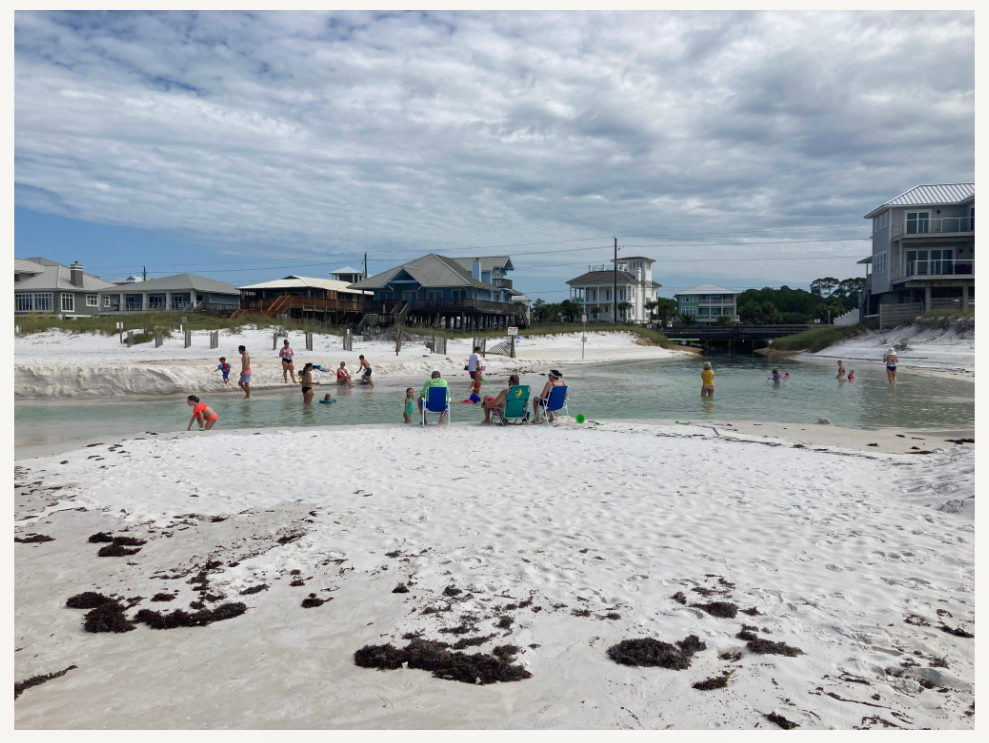
Most Walton County coastal dune lakes have outfalls that flow into the Gulf of Mexico when their water level rises to a certain point. Outfalls reverse course when Gulf tides rise, and salt water flows into the lake. This outfall, Gulf, lake symbiosis is a rare phenomenon found in only a few places on Earth.
Outfalls have been popular gathering spots for locals and tourists over the years. The nature of outfalls, with their almost constant ebb and flow, is to meander, to sweep East and West as the lakes overflow into the Gulf, and vice versa. In 1998 a study was done for Florida DEP by A.E. Browder and R.G. Dean which studied the sweeps of Walton County coastal dune lakes. It determined that the Oyster lake outfall has a sweep of roughly 400 ft, which means its intersection with the Gulf, when draining, might be located anywhere along this line East to West.
An aerial photograph from 1949 shows a road, what is now Thompson Road and Seahorse Circle, terminating at the outfall.
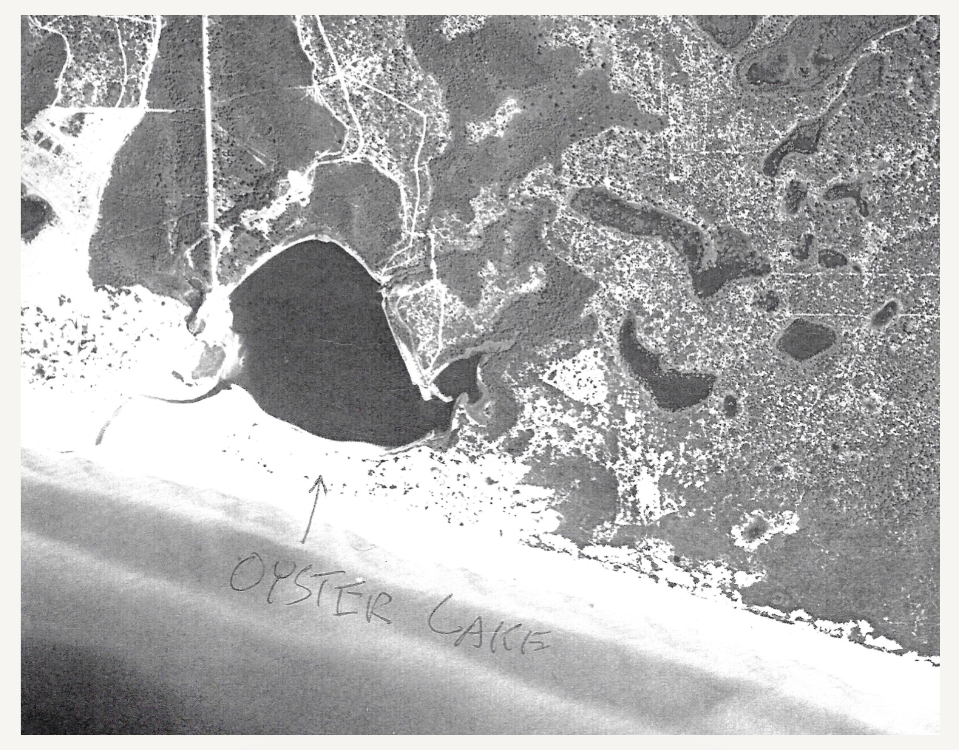
This is likely a logging road, as much was taking place locally then. The outfall would’ve been an obvious off loading site, to move timber to boats waiting in the Gulf.
30A was completed in 1960 including the bridge that runs over the outfall. The southern edge of the lake was modified slightly to create the straight roadway.
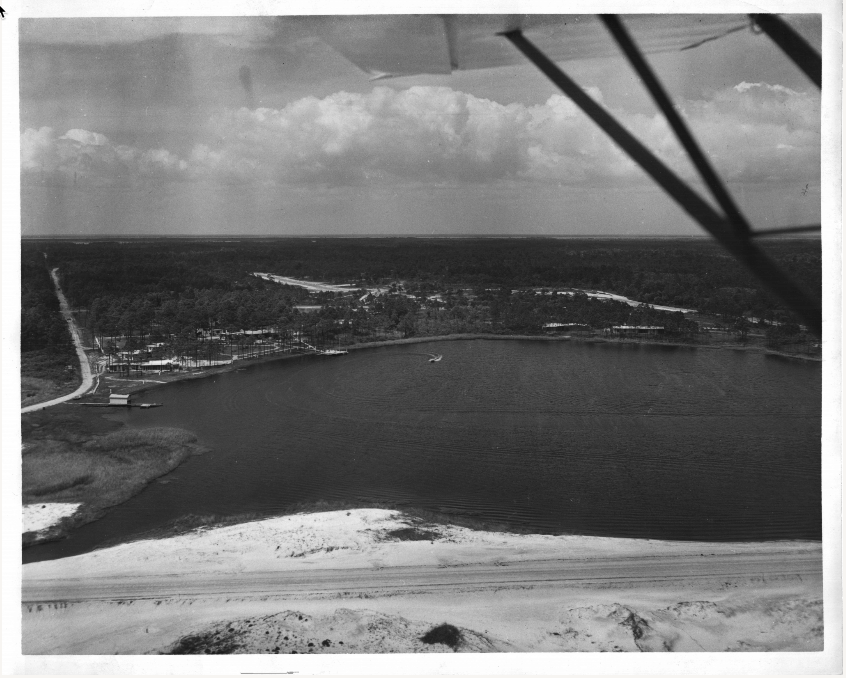
For many years there were pilings supporting the bridge allowing for a natural ebb and flow between lake and Gulf. In the 1960’s a culvert replaced the pilings, but the culvert was installed improperly causing the level of the lake to remain artificially high. It did still occasionally drain, but the culvert acted as a dam. Finally this situation was remedied in 2014 with the current bridge. From as far back as locals can remember lake residents traversed the outfall to the Gulf, under the old bridge, through the culvert. The outfall was always open to lake dwellers and the public, and was a popular swimming hole, especially for young children, too.
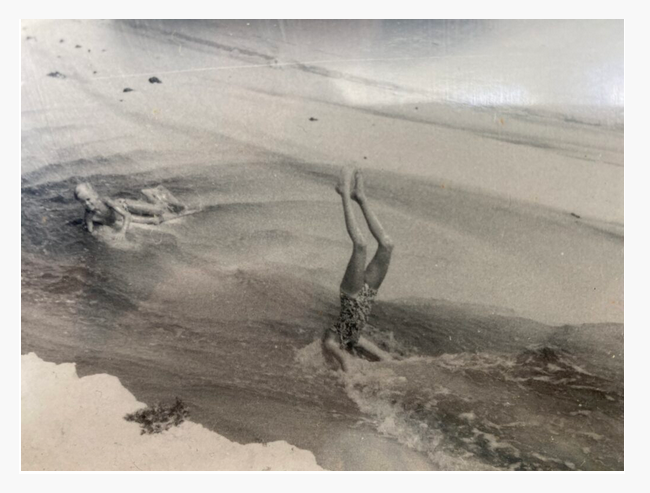
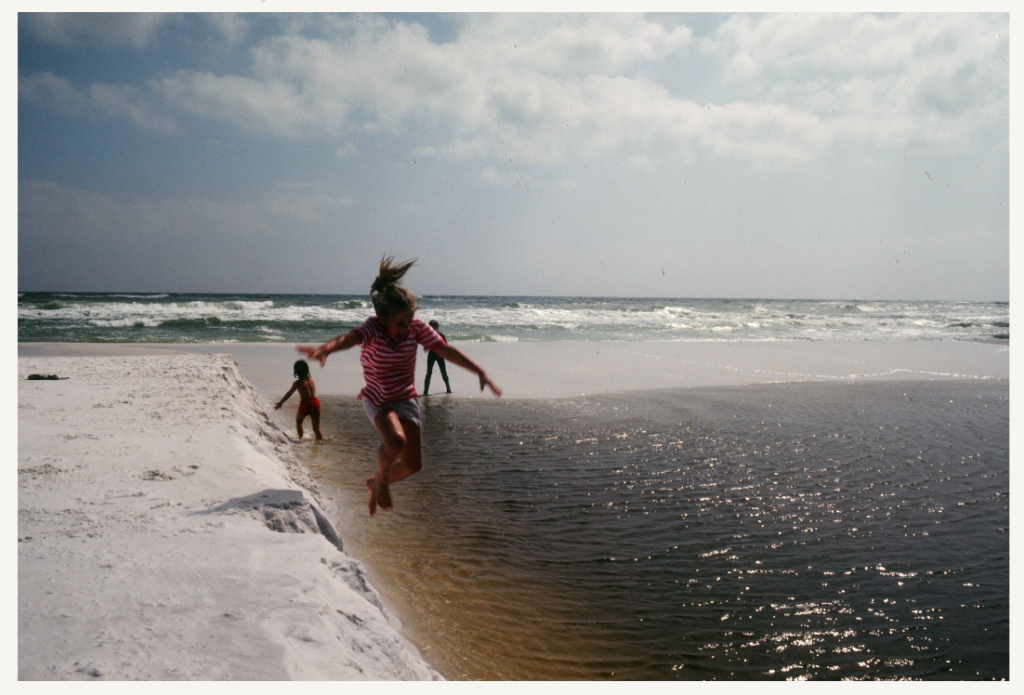
The land to the East of the outfall changed hands in 1992. It was sold to Patricia and William Hemby by Florida Sate University. The land had been donated to FSU years before. Because of the nature of the outfall’s meander, or sweep, most of the land was not thought to be buildable, and The Hembys purchased for $50,000. A comparable piece of buildable beach front would’ve sold for many multiples of that amount. They soon began to claim they could build on the land, that often the land was high and dry, and that the county should maintain the outfall in such a way as to limit its meander, but the county would not comply.
Once the ruling came down in 2010 the Drakes, current owners, began to try to deny access. Some lake landowners also remember incidents in which Mr. Hemby had previously tried. Former County Commissioner Cindy Meadows was approached by Mr. Drake on more than one occasion requesting the Sheriff’s assistance in keeping the public away from the outfall. But there had been a long history of public access at the outfall, and Sheriff enforcement was not forth coming. During one of the several outfall construction projects Mr. Drake attempted to have rip rap piled in it, which would have made Gulf access impossible for lake landowners. This effort was also thwarted.
There were multiple hurricanes between 1995 and 2005 that caused the old Oyster Lake outfall box culvert to be clogged with sand and debris. When the county opened the culvert to allow the lake to drain, lake water flowed across the Hemby’s property. The county’s reason for this was based on fear that the foundation of the house on the West side of the outfall might again be damaged as it had been previously by flow. The county was able to divert the water back to the stabilization channel that had been constructed in ’88 by DEP to mitigate, but some of the Hemby’s property was compromised, and in ’95 they sued the county for loss by taking. In a jury trial in Walton County, the suit was denied, but this decision was reversed in the court of appeals in Tallahassee. The Florida Supreme Court panel of judges refused to hear an appeal to this verdict. The appeals case ruled that Mrs Hemby (by this time the property was in her name) had a right to full enjoyment of her property. There was a mediation agreement drawn between Walton County and Hemby. Walton County agreed to pay $525,000. The agreement also stated that if Hemby could secure a permit from Florida DEP to build within the 50′ outfall setback buffer that the county would not oppose. It further stated that the county would write a letter that that could be presented to DEP stating the county would build a stabilization channel in the outfall and that once built the “stabilization outfall would no longer be considered a natural outfall”. This change made it possible for DEP to grant the permit and ignore the 50′ setback. No other lake landowners or the public at large were consulted on this matter, and the mediation agreement remained sealed until it was discovered in 2020. The Hemby’s daughter and son in law built the current house in 2015. Patricia and William Hemby are deceased.
Until May of 2020 nothing regarding public access changed at the Oyster Lake outfall. In May signs were erected claiming the outfall to be private non navigable water, and on those grounds public access was denied. Ropes were strung across the outfall.
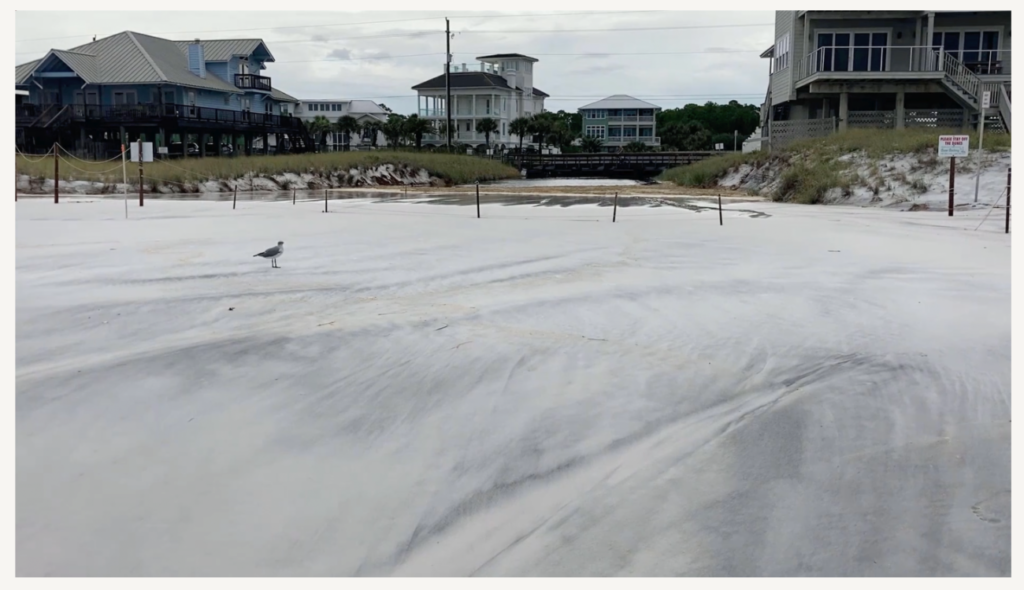
When an outfall is open to the Gulf the Army Corp of Engineers recognizes the water as navigable, and based on Florida’s Public Trust Doctrine, the public cannot be denied access to navigable water or the sovereign submerged land beneath. These are popular times at the Oyster Lake outfall.
